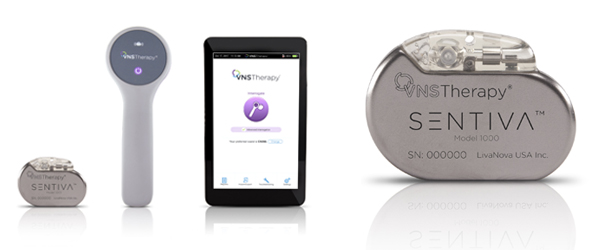A Vagus Nerve Stimulation (VNS) is a device used to treat seizures when medicines are not effective and surgery is not possible for a cure. VNS consists of a pacemaker-like generator placed underneath the skin on the chest and is attached to thin wires threaded up to, and wrapped around, the vagus nerve in the neck. It is programmed by the physician to stimulate the vagus nerve regularly with the goal of reducing the abnormal electrical activity and frequency of seizures occurring in the brain. The VNS can also be activated by a patient or caregiver to stop seizures just as they are beginning.
Many children with seizures do not have a single, focused area of seizure onset. Others may have a seizure onset zone in a critical area of the brain. When medications fail to control seizures in these children, treatment options are limited and the child should be considered for VNS.
If your child loses consciousness during seizures, and if those seizures are not being controlled by medication, they may benefit from vagal nerve stimulation.
While not all children see improvement, VNS can result in fewer or less severe seizures. In all cases, however, children need to continue to take anti-epileptic medication as they did before the stimulator was inserted. In some cases, your pediatric neurologist may recommend the use of medication be reduced a few months after vagal nerve stimulation has begun if there is a very positive result. This can reduce the side effects of some of the medications on energy level and thinking.
The procedure is performed on children as young as 4 years old. It is not an option for children with severe asthma or severe heart disease, particularly those with an irregular heartbeat.

